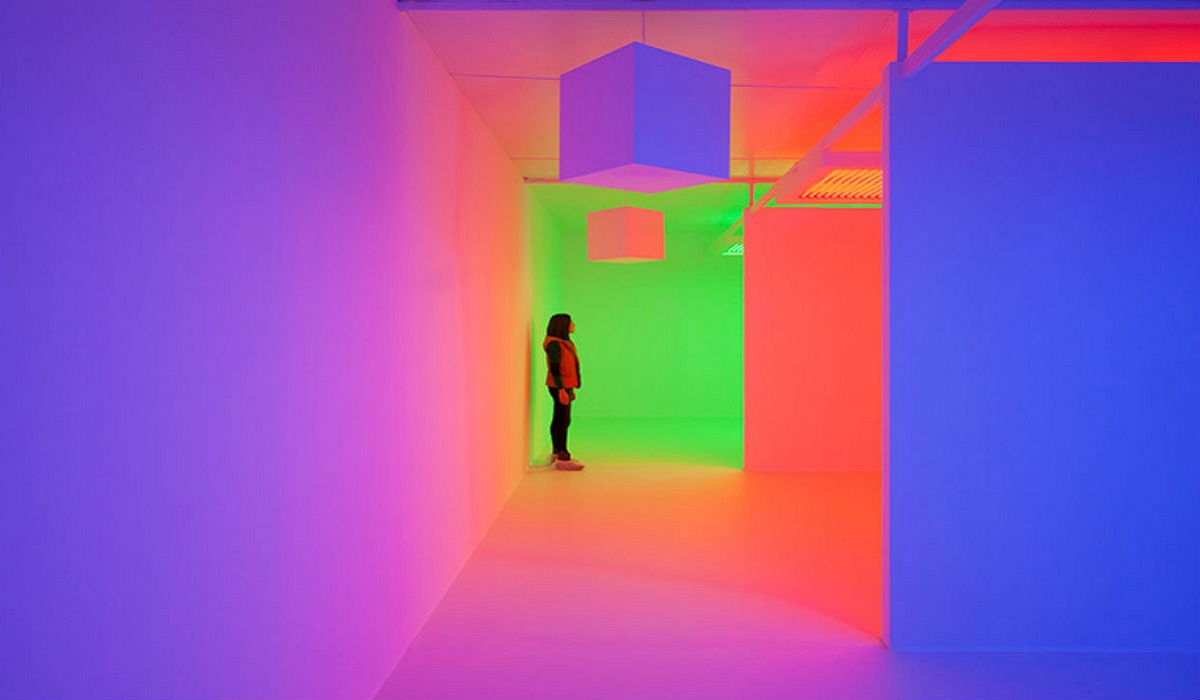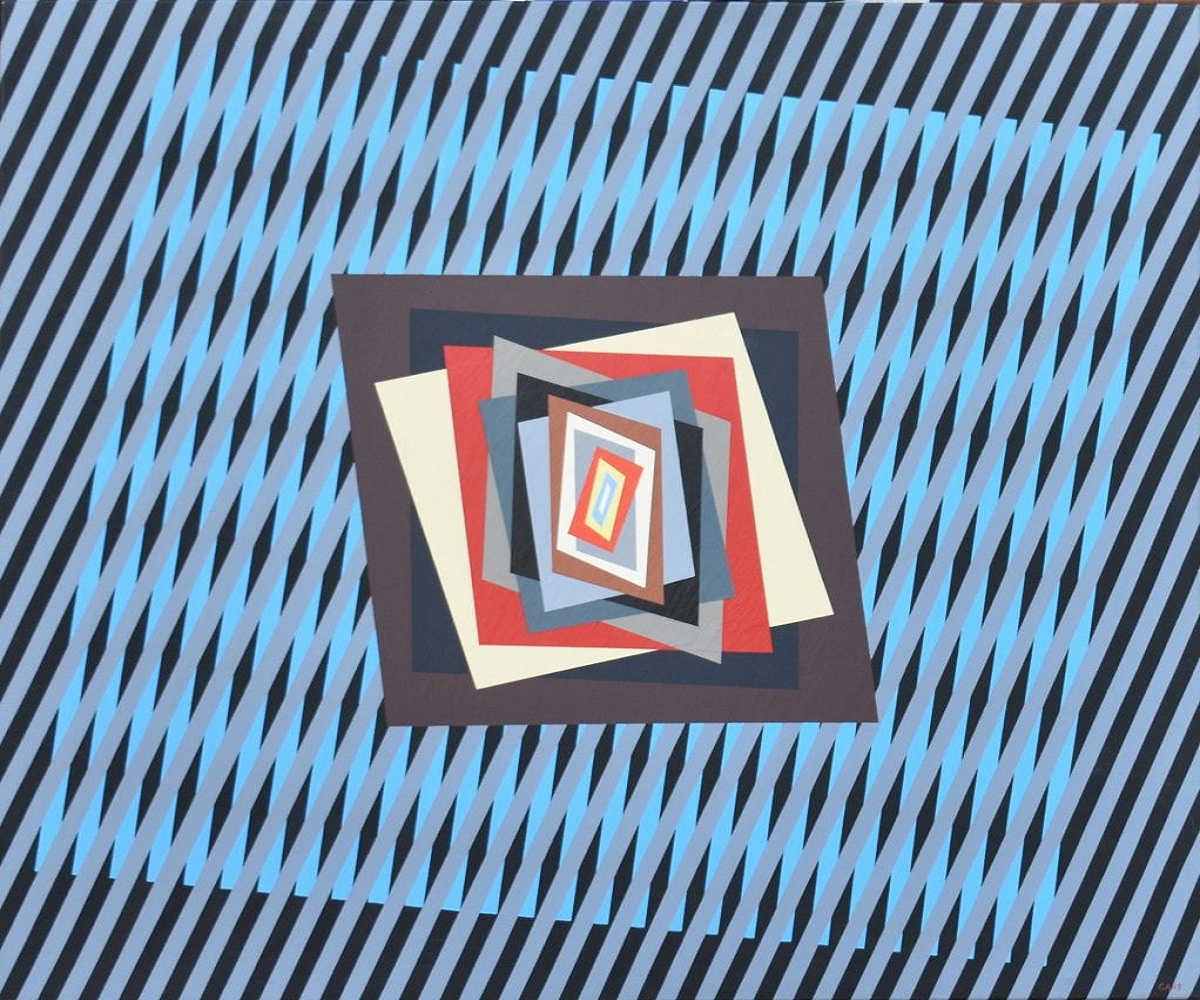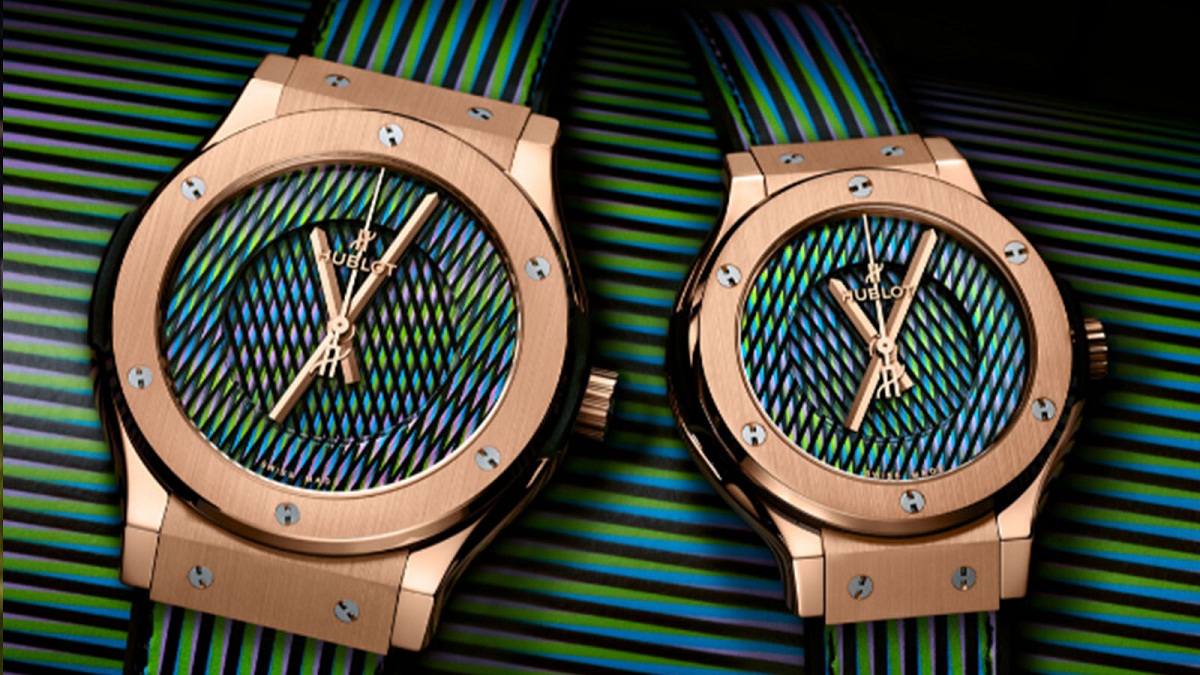I invite you to know a lot of information about the Kinetic art an artistic movement that stood out in the year 1955, because the artists wanted something new to the works and decided to give the works movement as their main objective in different ways. Keep reading and learn a little more!

kinetic art
Kinetic art is an artistic trend where the works seem to be in perpetual motion. It is a trend that begins in the middle of the XNUMXth century, where paintings and sculptures were created to produce the impression on the viewing public that the work is in constant motion. movement. That is why kinetic art together with optical art is based on the movement of the work.
But it must be made clear that kinetic art is found in all work that is based on movement, whether physical or virtual.
Which may include some expressions of optical art. However, it is necessary to clarify that all optical art is not kinetic art. Since to declare a work of art within kinetic art, the movement in the work must be the center of attention.
In this way we can affirm that there are several types of kinetic art since the works are going to be classified depending on the movement they have. Since the works are going to be grouped into two-dimensional movements and three-dimensional movements.
Among the most important works are the works that have real movement that use various mechanisms and the works that have virtual movement that stand out for the optical perception of the viewer.
The Kinetic Sculpture and its characteristics
Both optical art and kinetic art are artistic currents that are based on the perpetual movement of the work, whether mechanical or virtual. Although kinetic art is mainly represented in sculptures since it fundamentally uses resources and pieces to make the work move before the spectator public.
Many art critics are also based on the fact that kinetic art can be based on the famous optical illusions and on the impossibility for the viewer's eyes to look at two surfaces that are colored in different colors at the same time.
In this way it can be known that the first manifestations of kinetic art appear in the year 1910, with the entry of the futurist movement that occurs in Italy and is founded by the writer and poet Filippo Tommaso Marinetti, who is the editor of the Manifesto of the Futurism who highlights the following:
“We affirm that the magnificence of the world has been enriched with a new beauty: the beauty of speed. A racing car, with its radiator adorned with thick tubes like snakes with explosive breath… a car that roars, that seems to run on shrapnel, is more beautiful than the Victory of Samothrace”
In addition, the works of the chess player and artists of French origin Marcel Duchamp appear in the arena. The artist had a great impact on the evolution of Dadaism.
Then Alexander Calder made a contribution to kinetic art with his great invention, the mobile. Becoming very important in kinetic sculpture. Since he invented it, which was made up of a lot of wire and various pieces of metal that were suspended and moved through the air in the environment.
But in 1954 it became known as kinetic art, to give a name to works of art, especially sculptures that were moved by the wind and others were moved by automated mechanisms.
That is why kinetic art had its heyday between the decades of the 60s and 70s of the XNUMXth century. And nowadays works of kinetic art such as paintings and sculptures tend to give the viewer the impression that they are moving.
The name of kinetic art comes from the specialty of the branch of physics that studies the movement between the different bodies that exist and the force that acts on them. Although many art critics have come to affirm that this name appeared in the year 1920 when a sculptor named Naum Gabo wrote the realistic manifesto.
At that time he came to sign that there was an error that had been inherited from Egyptian art where it was believed that static rhythms were the only means that existed to make plastic arts and replaced them with kinetic rhythms that are the ways in which the human being feel the perception of the world.
From that moment the artist made his first kinetic work which was based on a steel rod that was moved by a motor and gave value to the term that was used at that time to mechanical physics.
But as was said before, kinetic art began to be used in the 60s in the works that artists made and gave the work a sense of movement thanks to the use of various resources such as the optical illusion, due to the light that sculptures received, for example, a light warning and the movement of sculptures thanks to electric motors and works that are made in two-dimensional and three-dimensional form were also included within kinetic art. Among the main characteristics that we can find in kinetic sculptures we have the following:
- Sculptures in kinetic art are moving structures that are to be activated by weight and counterweight. Similarly by vibrations, inertia and wind.
- Some artists adapted human participation to kinetic art since the spectator, when touching a piece of the sculpture, is going to move in a specific case, it was done by the Venezuelan artist Jesús Soto with his work Los penetrables.
- There are sculptures that are powered by electrical and magnetoelectric systems, as is the case with Francisco Sobrino's machines.
- A very important characteristic used by the artists of the movement was the use of light in the sculptures as a resource of perception, whether natural or artificial.
- Some kinetic art artists made use of the environment to give movement to their works of art, such as the so-called Tinguely fountains.
Characteristics of kinetic art
Kinetic art acquired the benefit of the mechanistic will and the futurist movement making use of the philosophical current of constructivism and the rise of technology, since the fusion of all these elements allowed kinetic art to be something more than a norm but a reality. very real and perceptible that is why the following characteristics emerge from this:
Movement as principle: Unlike constructivism and futurism in kinetic art, movement cannot be imagined, but must be perceived in the material and in the sensory. That is why movement is conceived in three ways: the movement of the viewer, the optical movement, and the actual movement of the work of art.
Transformability of the work: In every work of kinetic art, movement must be a fundamental principle, which is why the work of art must be conceived as a reality that is transformed. Either by some electrical mechanism or by the action of the wind or some other environmental phenomenon or that the public that observes the work touches it.
Space and light as "material" of plastic creation: In kinetic art, both space and light are conceived as plastic matter within any work of kinetic art, since an empty space is very important to be able to create some movement, in the same way it happens with light and the luminous reflections that are going to affect the work and this causes it to be modified over time.
Study of optical perceptions: Kinetic art also follows in the footsteps of Impressionist artists as Kinetic artists began to study the different mechanisms to use the best movement for their sculpture. In the same way, they studied the different abstract forms and visual rhythms. As well as the superposition of geometric figures and the perception of light on the work of art.
Playful and participatory component: In almost all works of kinetic art, play is embedded in the author's work of art. Since the work is presented to viewers as a game for their eyes and on several occasions the viewer needs to interact with the work of art for the kinetic movement to occur.
Public art and integrated into the environment: As it was already mentioned that the game is a part of kinetic art, it has also been integrated into public spaces since they are proposed by passersby who place sculptures that can be admired in the different public spaces to give a magical touch to the site.
Artists and works of kinetic art
In this article on kinetic art we will name several artists who have succeeded in kinetic art due to the works of art they have made, among them the following artists stand out:
Victor Vasarely: born in Hungary in 1906 and died in 1997, he is one of the most outstanding artists of kinetic art for his contributions since his works stood out in optical art. He implemented the contrast of two systems of views, the color zone and the tonal value in the work. One of his most outstanding works is in the University City of Caracas.
Jesus Rafael Soto: born in the Bolivarian Republic of Venezuela in 1923 and died in 2005 when he was 82 years old, this great artist of kinetic art was inspired by the twelve-tone musical system and serial music to perform his great works with the use of This system managed to make several repetitions that achieved a great effect in his works and in the spectator public.
Carlos Cruz-Diez: born in the Bolivarian Republic of Venezuela in 1923 and died in 2019 at the age of 96 the artist is inspired by the colorful vibration he was well known for the use of narrow strips of colors arranged at right angles and as the viewer moves The work goes on moving, changing colors giving a feeling that the work also moves with the viewer.
If you have found this article on kinetic art important, I invite you to visit the following links:




